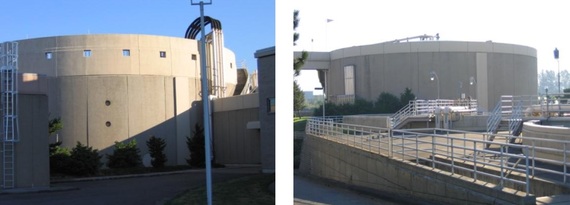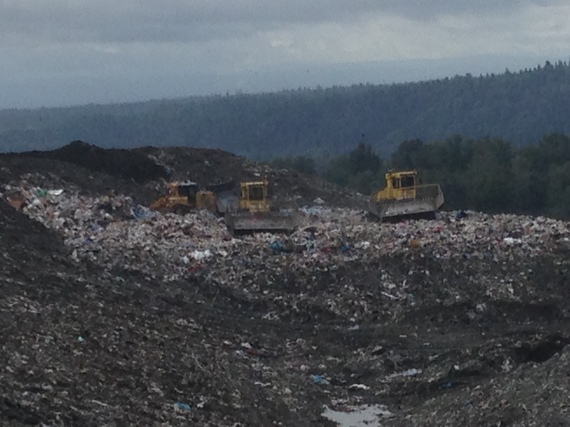What do you, cows, digesters and landfills all have in common? You all/ we all make methane gas. The methane in landfill is the same as 'clean fuel' natural gas. It is the same as the gas in anaerobic digesters. It is the same stuff that cows and people produce in their farts. So why is some of this good and some of this bad? First it is good to understand where methane comes from. Methane is a by- product of eating in an environment with little to no oxygen. Here I don't mean holding your nose when you have to eat something really disgusting. I mean eating in a place where people can't breath- your intestines for example. In your intestines- which is your own personal Air BNB for microbes, those microbes are feasting on food that you haven't fully consumed and on the wastes from the foods that you have eaten. There is very little oxygen (we put our electrons from eating onto oxygen and make CO2) and so in order to release the energy from the food that they eat, they have to shove electrons onto something. The compound of last resort is carbon and in the process methane is formed. Realize that these microbes are good for you and that you should nourish them (https://en.wikipedia.org/wiki/Probiotic).
The microbes that do this are in the Archaea family. These microbes are ubiquitous- in soils, oceans, landfills and us. Here is what they look like- in water, us and in wastewater.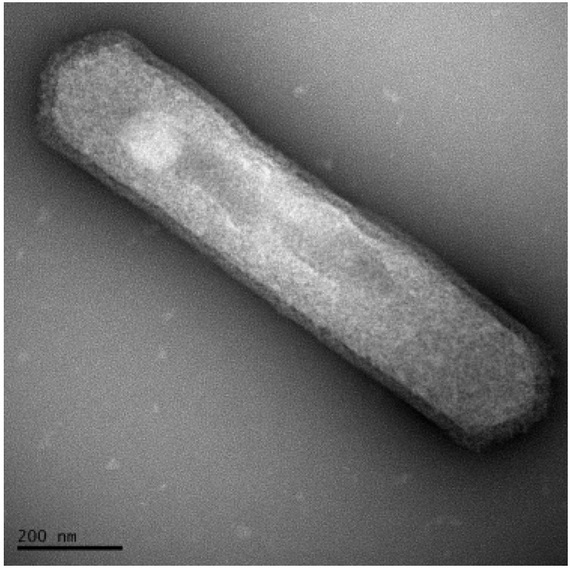
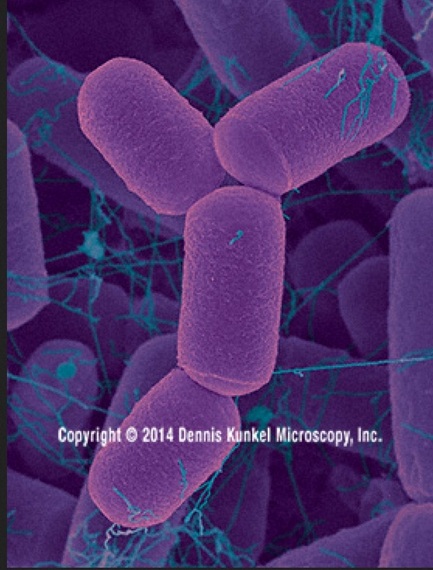
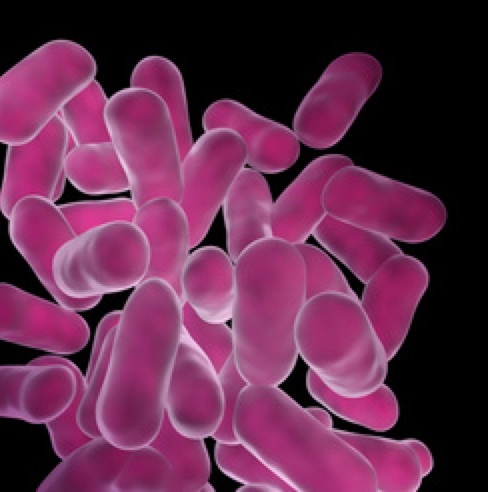
Making methane is a relatively complicated process. First you have to go through hydrolysis, then fermentation and then finally methanogenesis. Conditions have to be just right- not too acid or too basic. You need plenty of water as well. A good warm, temperature helps. You have to have the right supply of nutrients around- why shouldn't those archaea also have a balanced diet? In other words while methane is produced under a wide range of conditions and in a wide range of environments, if you want to make a lot of methane and collect all of it, it is much better to do it in an environment that you can closely control and in a place where you can collect all of the stuff you make.
One of the biggest sources of uncontrolled methane release is from enteric fermentation aka cow farts. This is very difficult to control (https://www.ipcc.ch/pdf/assessment-report/ar4/wg3/ar4-wg3-chapter8.pdf). We can best control it by eating less beef so that there are fewer cows. Capturing it is also difficult- just try to picture it. Though it may not always seem that way, humans make relatively inconsequential amounts.
The way we can really control how much methane is generated and whether that is used or emitted is by where we put our food scraps. In a controlled, dedicated anaerobic digester conditions are set to maximize methane production. That means that you get the most gas out of your feedstocks in the least amount of time. Plus you can capture it and use it for energy. The most common place to find these digesters are wastewater treatment plants.
When these plants treat your wastewater they can also capture the methane and make electricity. Here is a short video from the plant where my wastewater goes: https://www.youtube.com/watch?v=r4GYHZ0b7og
Compare that with the landfill-
Try controlling temperature, pH, nutrients and water content in this. So while landfills make and emit methane, they likely make only a fraction that could be made with the food waste they have and they collect even a smaller fraction of that.
We are starting to see more wastewater plants use their digesters to make energy from food waste. East Bay MUD in Oakland, CA is one great example: https://www3.epa.gov/region9/waste/features/foodtoenergy/
This is the way to go.
